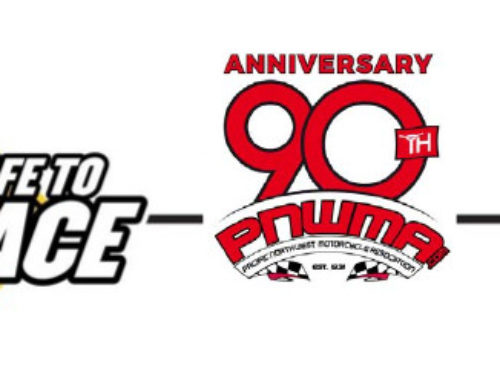HELMETS USED FOR COMPETITION MUST CONFORM TO THE FOLLOWING STANDARDS:
DOT
An acronym for Department of Transport, DOT is the is US government approved standard and, in the United States, is the most popular. DOT standards are aimed at protecting skulls from 90% of impact types ( low to moderate energy impacts according to the HURT Report) and favours a more shock-absorbent helmet. The maximum G-force allowed by the DOT test is 250g’s, an impact of 200 to 250 g’s to the head would result in a severe, though probably survivable brain injury (the DOT anvil is either flat or “kerb shaped” depending on the test). The DOT’s favouritism towards more shock-absorbent helmets seems to fall inline with recent studies indicating that absorbing the force of an impact is more important than resisting the impact.
Snell
The Snell Memorial Foundation is a not-for-profit, independent organisation established in 1957 and is named after William “Pete” Snell, a famous racing car driver who was tragically killed in 1956 when a helmet failed to protect his head during an accident. The Snell M2005 is the “old standard” and favours a more shock-resistant helmet, the M2010 is the new, more shock-absorbent standard. The Snell M2005 test allows an impact-shock of up to 300g’s, a 250 to 300g impact would result in a critical head injury. The M2010 standard allows a maximum of 275g’s (the Snell anvil is a steel ball shaped rather like a tennis ball, they also test with flat and “kerb” shaped anvils). The Snell M2005 standard is widely believed to be too “hard”, the newer M2010 is set to replace it completely in 2013, the M2010 standard favours more impact-absorbent helmets and a helmet that passes the M2010 test will probably also pass the DOT and ECE R22-05 tests (though this isn’t guaranteed). Snell certified helmets are allowed by the AMA for professional motorcycle racing however the M2005 standard will no longer be permitted after 2011.
ECE R22-05
Developed by the rather lengthily named United Nations Economic Commission for Europe, this is the most common helmet certification internationally, required by over 50 countries worldwide. It is approved for all competition events by AMA, WERA, FIM, CCS, Formula USA and the big one – MotoGP. It, much like the DOT standard, favours a more impact-absorbent helmet allowing a maximum of 275g’s (the ECE R22-05 anvil is either flat or “kerb shaped” depending on the test). The ECE R22-05 is arguably the most up-to-date helmet certification standard, it’s wide use in a variety of high-level motorcycle racing classes is reassuring to many. The ECE R22-05 has more in common with the DOT standard than either the Snell M2005 or M2010 standard, an ECE R22-05 certified helmet are likely to pass the DOT test and vice-versa.



